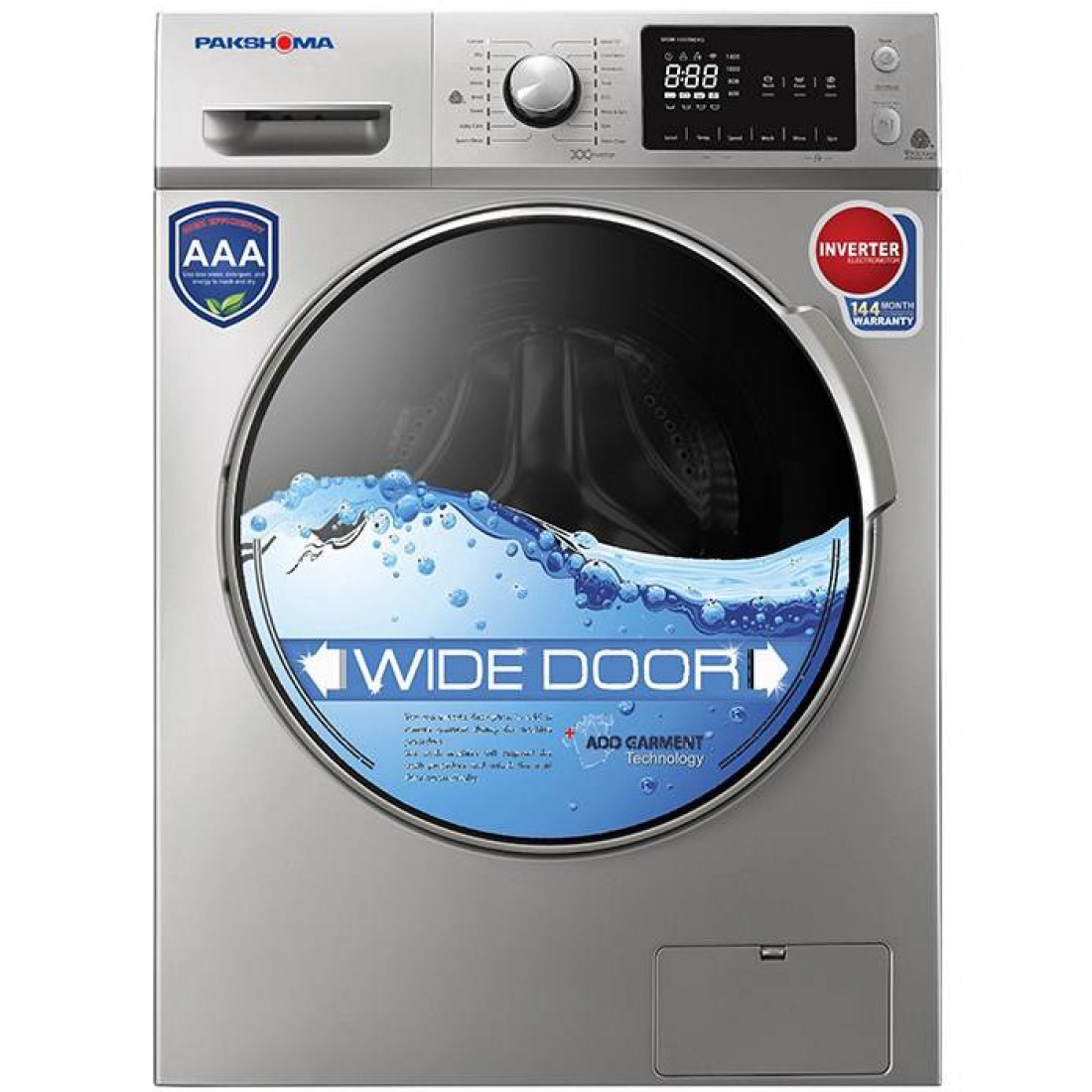
Ultraviolet–visible spectroscopy (UV-Vis) is a very common technique used for determination of the concentration of substances in a solution. In this way, it enables researchers to work out the reactions rate, equations of reactions rate, and reactions mechanisms.
Although all atoms and molecules will undergo electronic excitation after absorption of light, but most of them usually require very high energy radiation in the ultraviolet range of electromagnetic spectrum with wavelengths not longer than 200 nm. However, the UV region ranges from 200 to 400 nm and the visible region ranges from 400 to 800 nm. In order to absorb light in the region from 200 – 800 nm (UV-Vis spectroscopy), the molecule has to contain either V bonds or atoms with non-bonding orbitals, e.g. π orbitals and electronic transition thereof. Most absorption spectroscopy of organic compounds is based on this electronic transition, i.e. from π electrons to the π* excited state. It is also possible to introduce the π-electron systems (in a form of conjugated system) to a desired solution in order to act as chromophores agents for detection of much wider range of substances. As a consequence, the absorption peaks for any desired substances may fall in the region of the spectrum 200 ~ 800 nm (UV-Vis spectroscopy).
For analyzing given samples by this technique, the samples have to be dispersed into cuvette and placed in the path between a UV-Vis light and a detector. According to a law, known as Beer-Lambert’s law, with a constant light path length and known absorption coefficient, the concentration of an analyte can be determined from the light absorbed by the same analyte.
UV-Vis spectroscopy is used in analytical chemistry for the quantitative determination of different analytes such as transition metal ions, conjugated organic compounds, and biological macromolecules. In the UV-Vis spectroscopy, for example analyzing metal ions concentrations, a respective solution may be better to first be colored or modulated its primary colors by adding some chemicals (particular anions and ligands). This color modulation changes the analyte color (wavelength) so that it falls within UV-Vis detection range. For instance, the color of copper sulfate dilute solution is a very light blue, so its detection by UV-Vis may be problematic. Adding a chemical like ammonia changes the wavelength of maximum absorption to fall within UV/Vis range, therefore, the UV/Vis spectroscopy can easily analyze the cupric ions (as analyte).




